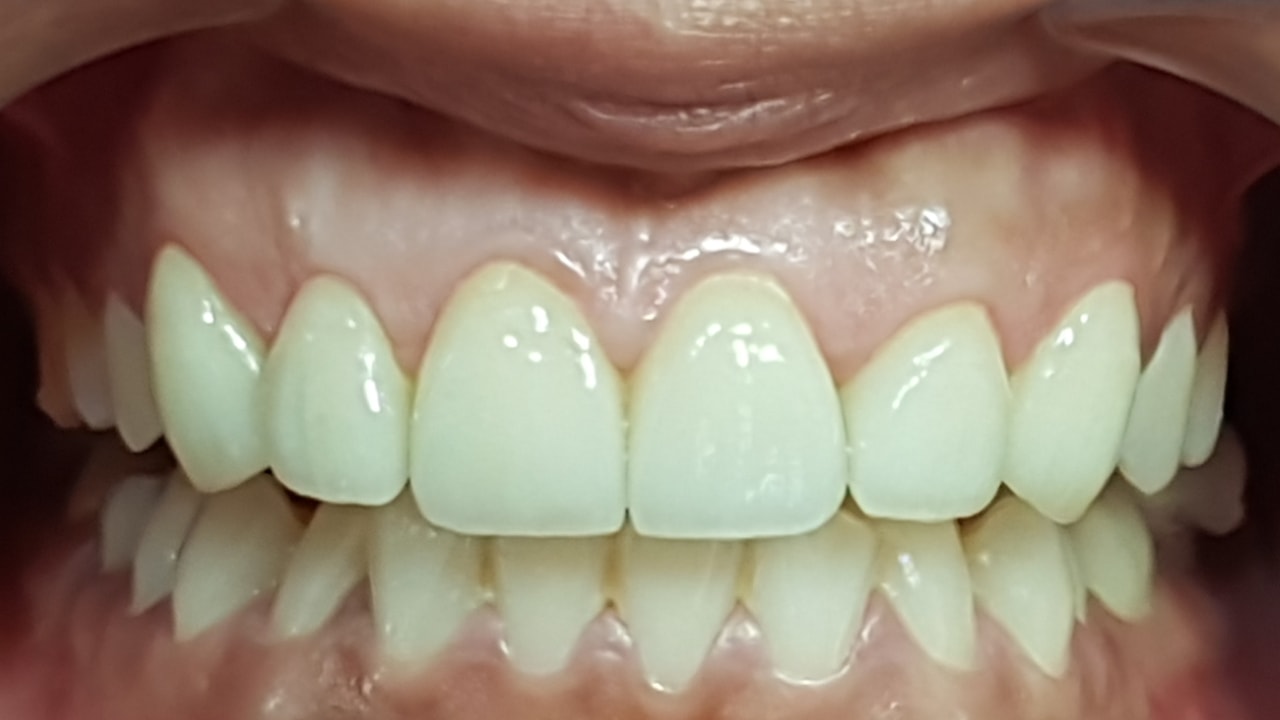
Cosmetic
dentistry is a specialized branch of dentistry that focuses on enhancing the
aesthetics of a person's smile. It's not just about oral health; it's about
creating beautiful smiles that boost a person's self-confidence and overall
well-being. One of the most sought-after cosmetic dental treatments is the
application of dental veneers.
Understanding
Cosmetic Dentistry
Definition and Scope of Cosmetic Dentistry: Cosmetic dentistry is a field
of dental care that encompasses various procedures and treatments aimed at
improving the appearance of a person's teeth, gums, and overall smile. It's not
just about making teeth look better; it's about boosting self-esteem and
psychological well-being.
A Closer
Look at Dental Veneers
What Are Dental Veneers?: Dental veneers are thin,
custom-made shells typically made of porcelain or composite resin. They are
designed to cover the front surface of a tooth and improve its appearance. This
section will provide an in-depth explanation of what dental veneers are, their
history, and the materials used in their fabrication.
The
Veneer Placement Process
The Consultation and Examination: This section will discuss the
initial consultation with a cosmetic dentist, which includes a thorough
examination of the patient's oral health and smile.
Tooth Preparation: Describe the process of tooth
preparation, including the removal of a small amount of enamel to make space
for the veneers.
Impressions
and Laboratory Work: Explain
how impressions are taken and sent to a dental laboratory for the custom
fabrication of veneers.
Veneer Bonding: Discuss the veneer bonding
process, including the use of special adhesive and curing with a light.
Benefits
of Dental Veneers
Enhanced Aesthetics: Discuss how veneers can
transform a person's smile, correcting issues like staining, misalignment,
gaps, and more.
Durability: Explore the longevity of veneers when properly
cared for.
Stain Resistance: Explain how veneers are less
susceptible to staining compared to natural teeth.
Minimally Invasive: Highlight how the tooth
preparation for veneers is minimal compared to other procedures like crowns.
Risks and
Considerations
Tooth Sensitivity: Discuss the possibility of
increased tooth sensitivity after veneer placement.
Long-Term Maintenance: Describe how patients must
maintain good oral hygiene and potentially replace veneers over time.
The
Psychological Impact of Veneers
Boosted Self-Confidence: Explore the psychological
benefits of having a beautiful smile, including improved self-esteem and
self-image.
Social and Professional Implications: Discuss how a confident smile
can impact a person's social and professional life.
Future
Trends in Cosmetic Dentistry
Discuss
emerging trends in cosmetic dentistry, such as digital smile design and 3D
printing of veneers, which may revolutionize the field.
What's the Procedure for Getting a
Dental Veneer?
Getting a dental veneer usually requires three trips to the dentist – one for a
consultation and two to make and apply the veneers. One tooth or many teeth can
simultaneously undergo the veneering process described below.
• Diagnosis and treatment planning.
This first step involves your active participation. Explain to your dentist the
result that you are trying to achieve. During this appointment, your dentist
will examine your teeth to make sure dental veneers are appropriate for you and
discuss what the procedure will involve and some of its limitations. He or she
also may take X-rays and possibly make impressions of your mouth and teeth.
• Preparation. To prepare a tooth
for a veneer, your dentist will remove about 1/2 millimetre of enamel from the
tooth surface, which is an amount nearly equal to the thickness of the veneer
to be added to the tooth surface. Before trimming off the enamel, you and your
dentist will decide the need for a local anaesthetics to numb the area. Next,
your dentist will make a model or impression of your tooth. This model is sent
out to a dental laboratory, which in turn constructs your veneer. It usually
takes 2-4 weeks for your dentist to receive the veneers back from the
laboratory. For very unsightly teeth, temporary dental veneers can be
placed.
• Bonding . Before the dental veneer
is permanently cemented to your tooth, your dentist will temporarily place it on
your tooth to examine its fit and colour. He or she will repeatedly remove and
trim the veneer as needed to achieve the proper fit; the veneer colour can be
adjusted with the shade of cement to be used. Next, to prepare your tooth to
receive the veneer, your tooth will be cleaned, polished, and etched -- which
roughens the tooth to allow for a strong bonding process. A special cement is
applied to the veneer and the veneer is then placed on your tooth. Once
properly position on the tooth, your dentist will apply a special light beam to
the dental veneer, which activates chemicals in the cement, causing it to
harden or cure very quickly. The final steps involve removing any excess
cement, evaluating your bite and making any final adjustments in the veneer as
necessary. Your dentist may ask you to return for a follow-up visit in a couple
of weeks to check how your gums are responding to the presence of your veneer
and to once again examine the veneer's placement.
What Are the Advantages of Dental
Veneers?
Veneers offer the following advantages:
• They provide a natural tooth appearance.
• Gum tissue tolerates porcelain well.
• Porcelain veneers are stain resistant.
• The colour of a porcelain veneer can be selected such that it makes dark
teeth appear whiter.
• Veneers offer a conservative approach to changing a tooth's colour and shape;
veneers generally don't require the extensive shaping prior to the procedure
that crowns do, yet offer a stronger, more aesthetic alternative.
What Are the Disadvantages of Dental
Veneers?
The downside to dental veneers includes:
• The process is not reversible.